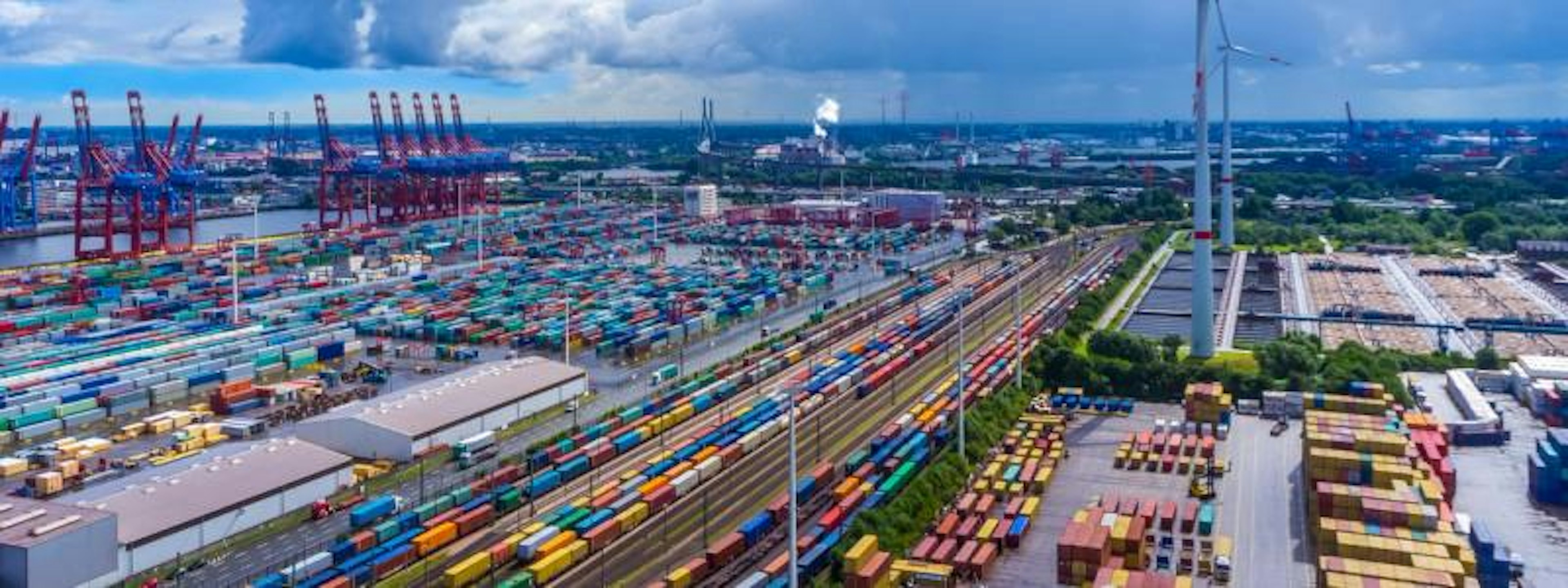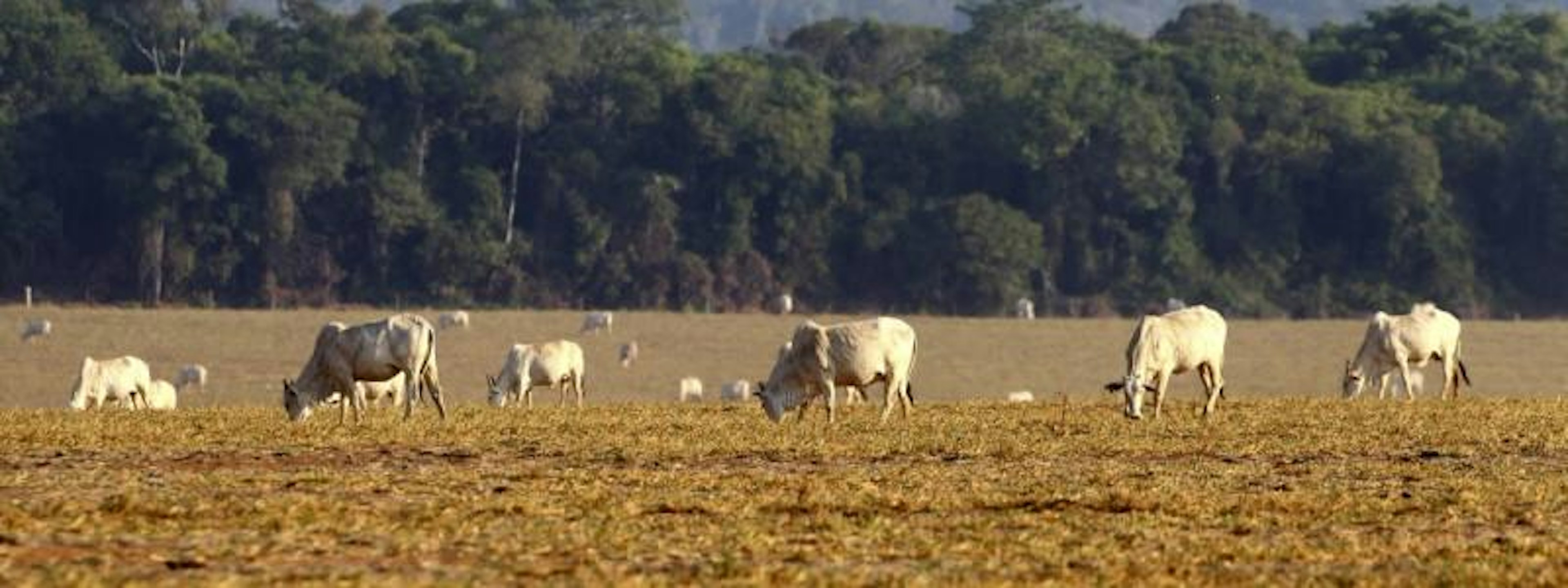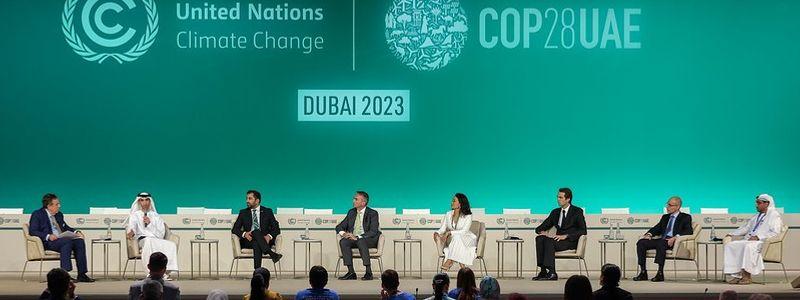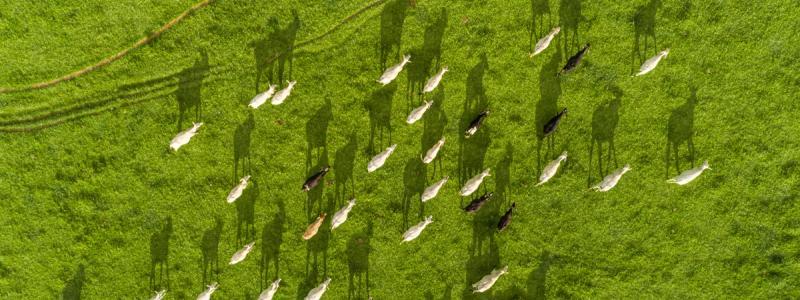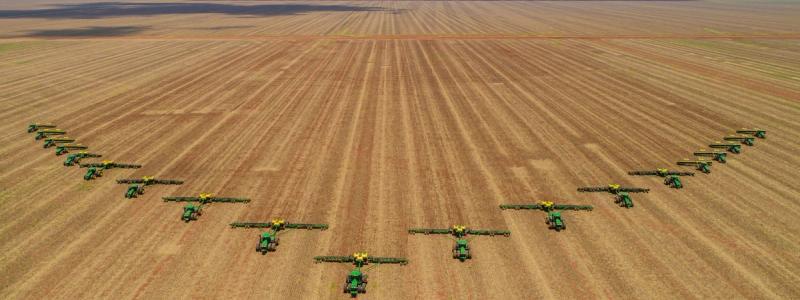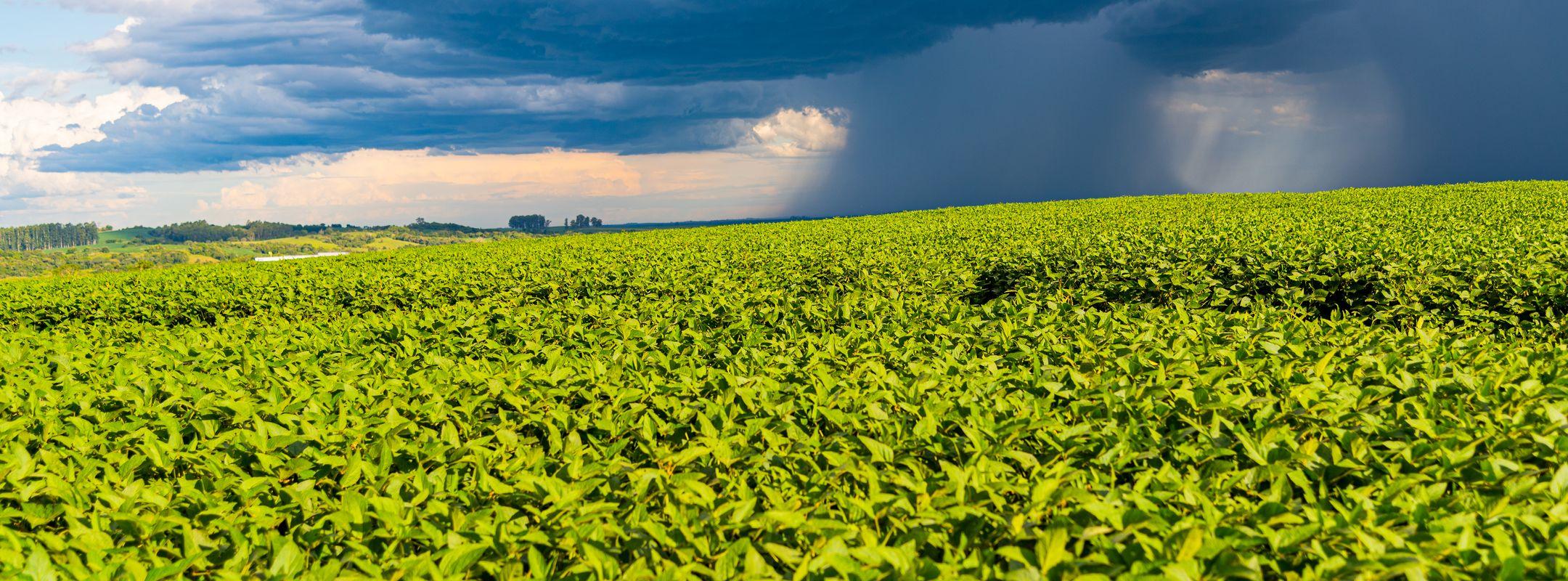
As the Covid-19 pandemic illustrates, impacts in one part of the world can trigger impacts in distant locations. This is also true of climate change: a drought in one country may affect local farming communities, but it may also affect global food prices and people dependent on food imports.
Trase data helps companies, investors and governments analyse climate impacts by connecting actors along global commodities supply chains to areas in specific countries of production where climate change is having increasing impacts.
A recent study led by Trase researchers at Stockholm Environment Institute looked at the example of Brazilan soy and how trading companies may be exposed to different climate change risks depending on where in the country the crop is grown.
The researchers found that traders which buy soy from a spatially concentrated area of production are exposed to the most extreme impacts of climate change on soy – although it is not yet possible to say whether these would be negative or positive.
Soy climate risks vary across Brazil
In a country as large as Brazil, it is not always useful to talk about the effects of climate change on the country as a whole. Soy is grown in many different areas and studies suggest that impacts of climate change on soy production will vary, with crop yields projected to increase in some areas and decrease in others.
Brazilian soy production is particularly vulnerable to changes in rainfall as most soy in Brazil is not irrigated. A widespread drought in 2015-16 resulted in a soy yield of 2.93 tonnes per hectare, compared to 3.23-3.39 t/ha in 2016-20. However, predicting the impacts of climate change is complex, as higher CO₂ concentrations could lead to improved conditions for soy growth.
To date, different crop modelling groups disagree over how soy yields will be affected by climate change. The interactive map below shows how different groups project contrasting results for soy yields under a moderate climate change scenario by 2050. In the absence of consensus amongst researchers on which projection is most likely, we use all six of these projections as a range of possible scenarios.
Soy traders are companies that buy soy from farmers or processors, transport it and sell it to manufacturing companies around the world. Soy is mainly used in animal feed, but it is also used in biofuels and as a food ingredient.
Trase data shows that some traders are highly reliant on certain soy production areas in Brazil (see figure below). These traders have established relationships with specific farms and soy processors, and often invest in long-term infrastructure such as grain storage silos and port terminals in key locations. These ties to specific locations mean that future soy yields matter to traders. If the area around a storage silo experiences a decrease in soy yields, the silo may be under-utilised as a result.
Concentrated supply chains are most exposed
The results show that traders which buy the majority of their soy from single areas of Brazil are exposed to either the most positive or the most negative impacts of climate change on soy production depending on the area.
While the top five largest traders source soy from a range of different Brazilian states, other large traders in the top ten such as Amaggi, Bianchini and Coamo have a much more concentrated pattern of soy purchasing. For example, in 2016 Coamo sourced over 90% of its soy from one state, Paraná, where most of its 100 or more soy processing facilities in Brazil are located. This means that Coamo is particularly exposed to the impacts of climate change on soy yields in Paraná, although differences in climate projections mean that it is not possible to say precisely what these impacts would be.
Understanding is critical
As the global food system is increasingly interconnected and under pressure to support growing demand, improving our understanding of climate risk exposure along the supply chain is critical. The approach outlined here is applicable to many stakeholders in the supply chain, such as buyers and food processing companies, who may have lasting relationships with specific sourcing areas. Inconsistencies across crop model results mean future soy yields remain unclear, but they do provide us with a range of possible scenarios. Combining climate exposure data with Trase supply chain data could be a key tool in the efforts of traders, food companies, and governments seeking to adapt to climate change.
